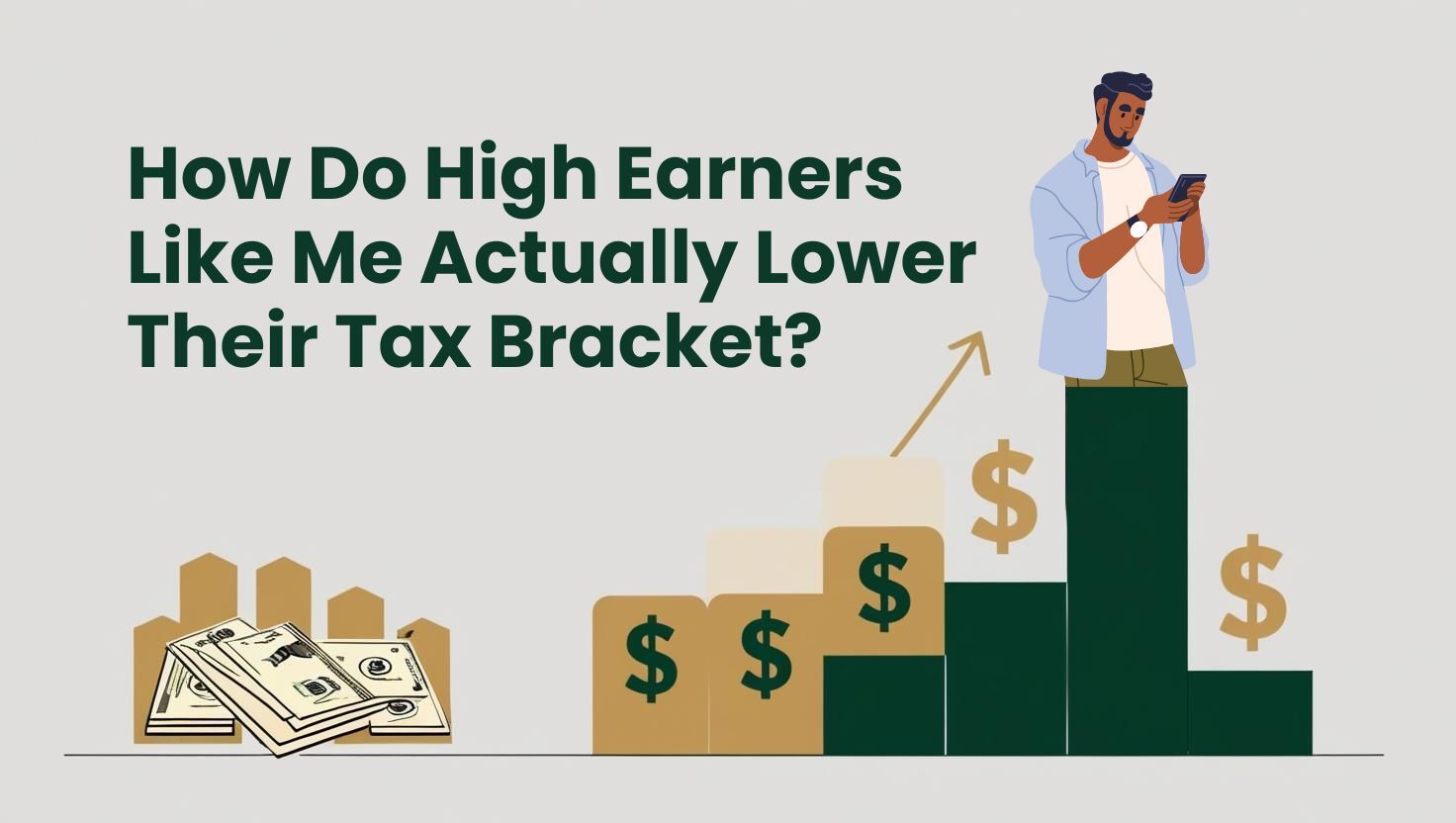Let’s be real—if you’re a high earner, there’s no “EZ form” for your tax strategy. Between equity comp, multiple income streams, rental properties, and capital gains, you’re likely staring down a marginal tax rate north of 40% once you add federal, state, and the stealth taxes like AMT and NIIT.
The question I get all the time is: “How do people like me—who are already doing well—actually lower their tax bracket?”
The short answer: you probably can’t lower your marginal tax bracket, but you absolutely can reduce your effective tax rate. And that’s where strategy comes into play.
1. Max Out Strategic Deferrals
This isn’t about blindly stuffing money into your 401(k)—it’s about knowing which deferrals actually move the needle.
If you’re eligible, consider:
-
Mega Backdoor Roths
-
Cash Balance/Defined Benefit Plans
-
Deferred Comp Plans (NQDC)
These aren’t just savings tools—they’re tax delay weapons. Use them to shift income from your peak earning years into retirement or lower-income periods.
2. Stack the Right Deductions
High earners often phase out of “normal” deductions, but there are still ways to legally reduce taxable income:
-
Donor-Advised Funds (DAFs) for lumping charitable contributions
-
Real estate depreciation (especially with cost segregation)
-
Business ownership deductions via an S-Corp or partnership
If you have a side hustle or consulting income, the 199A deduction can save you tens of thousands—if you structure it right.
3. Convert Taxable Gains into Favorable Rates
It’s not just about making money—it’s about how it’s taxed. You want long-term capital gains treatment wherever possible.
Some moves include:
-
Selling investments with gains held over a year
-
Converting RSUs into appreciated stock, then donating
-
Using tax-loss harvesting to offset gains
4. Buy Assets the IRS Helps You Pay For
Rental properties, energy-efficient improvements, bonus depreciation—it’s all about buying the right assets, in the right structure, at the right time.
And no, you don’t need to be a full-time landlord to qualify for the benefits of real estate. But you do need a coordinated strategy that layers income, losses, and deductions.
5. Tax Bracket Arbitrage
One of the most powerful long-term strategies is timing when you realize income. This could include:
-
Roth conversions in down-income years
-
Strategic harvesting during market pullbacks
-
Planning around a future business exit or liquidity event
This is where annual tax planning with a pro really pays off. You don’t want to make these moves in a vacuum or at the last minute.
Final Word
If you’re in the top 1%, your tax strategy shouldn’t look like a W-2 employee’s. The IRS might want 40+% of your income. The question is—how much of that are you going to let them take?
Tax brackets are just numbers on a chart. What matters is what you keep.





